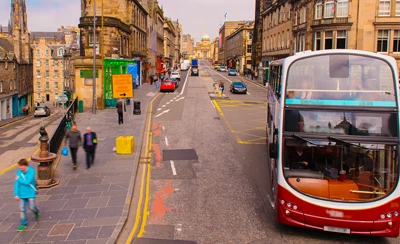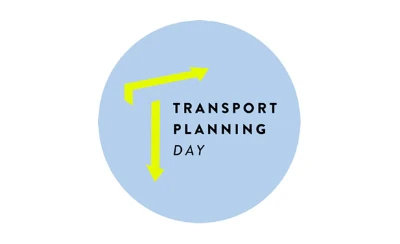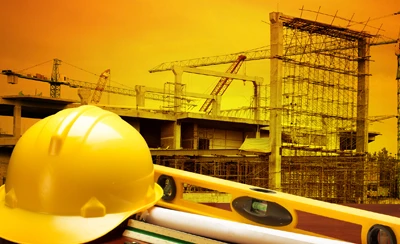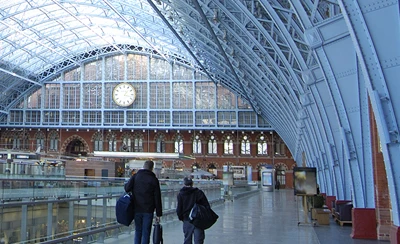Why engagement is critical to transport projects
Stakeholder engagement plays an increasingly important role in the transport planning process. And rightly so. AECOM is delighted to support Transport Planning Day 2019 and the People’s Award and here’s why.
Engagement empowers communities to make good decisions about the built environment in their area. It is at the forefront of planning policy and the government continues to champion the Localism agenda. Updates to the National Planning Policy Framework last year made it clear that early and meaningful engagement is not a side-note in the design process – it’s an essential part of it.
What is effective engagement?
Fundamentally, engagement is about matching local knowledge with technical expertise. Combining the two helps to develop better policies, plans and projects by improving understanding, diffusing negativity and building consensus. It helps avoid costly delays later in the planning process.
Even if a project’s technical team brings together the most sophisticated engineering and design solutions, our experience shows that effective two-way communication is instrumental to delivering projects on time, on budget, and creating projects that maximise local benefits.
Proactive, wide-reaching and meaningful engagement is now rightly seen as a vital part of unlocking transport infrastructure – from major road and rail projects through to improvements to walking networks.
Delivering effective engagement
Each project has its own nuances and there is no one-size-fits-all approach. What works for a strategically important piece of infrastructure might not be appropriate or proportionate for a localised footpath improvement.
For every project, it’s vital that as an industry we take the time to get to know an area, its context and people.
Engagement should start early, too, when the proposals are still at a formative stage so that the opportunity to influence is extended to those we engage, Rather than a formality later on when crucial local insights are relayed too late to inform design.
We also need to provide enough information on proposals, in the right medium and language for the audience, with adequate response times, so all those with an interest have equal opportunity to provide informed feedback. Not just those with the time, education and knowledge to do so.
Effective engagement is about listening and engaging at the right time in the right way, to create projects that benefit local communities and deliver a scheme’s objectives.
New technologies support novel engagement
New technology is also helping us to engage in a different way. Working with Highways England, we’re using digital fly-throughs as well as augmented reality goggles, which overlay digital information over the viewer’s real-world environment to give an immersive experience of how a project would look.
But it’s also important to use the right tool for the audience. We’re using computer game Minecraft to maximise participation from young people, providing an interactive way to explore a scheme through the use of digital building blocks.
On another projects, we used an immersive technology that allowed people concerned about noise pollution to hear the predicted sound impacts of a new scheme – enabling more informed judgement.
New technologies can help us engage and inform people in new ways. But this isn’t an alternative to getting the basics I outlined earlier right.
Engagement puts people at the heart of planning
The People’s Award will help us to find some of the best examples of engagement in transport planning this year. By putting people at the heart of our work, through effective engagement, we can make better decisions, plan using local insights and for the end-user or customer, and, ultimately, use transport to improve quality of life for communities.
Find out more about the Transport Planning Society’s People’s Award.
Christian Cosby started a career in stakeholder engagement in 2013. He is a Senior Consultant in AECOM's large and growing team of stakeholder engagement specialists. The team has a successful track record of delivering stakeholder engagement and communications support for a portfolio of high-profile infrastructure and development projects across the UK, including major transport projects such as the Bank station capacity upgrade, A303 tunnel at Stonehenge, the A428 Black Cat to Caxton Gibbet scheme and the Wessex Capacity Improvement Programme at Waterloo station.








